The European prehistoric collection

The collections especially grew through the efforts of major figures - explorers, collectors or scientists who marked the museum’s history. These figures included two who made a particularly significant contribution to the growth of the museum’s archaeological collections. Even though Louis Lortet set the wheels in motion by collecting prehistoric artefacts, it was above all with Ernest Chantre that the foundations were laid for a genuine scientific collection and acquisition policy in the field of prehistory and archaeology. Far from simply purchasing artefacts from excavators and private collectors, as was then mainly the case, he adopted a genuine strategy designed to organise both scientific missions and regional and international archaeological digs, as well as exchanges and donations between museums.
Most of the digs were on major French regional and European sites. Ernest Chantre was a true pioneer who also established the principle of what are now known as “rescue” digs and interested not only in artefacts found in graves but also bones. This is how unique sets of funerary artefacts, like the one from the Koban necropolis exhibited in the Eternities room (permanent collection), were put together.
